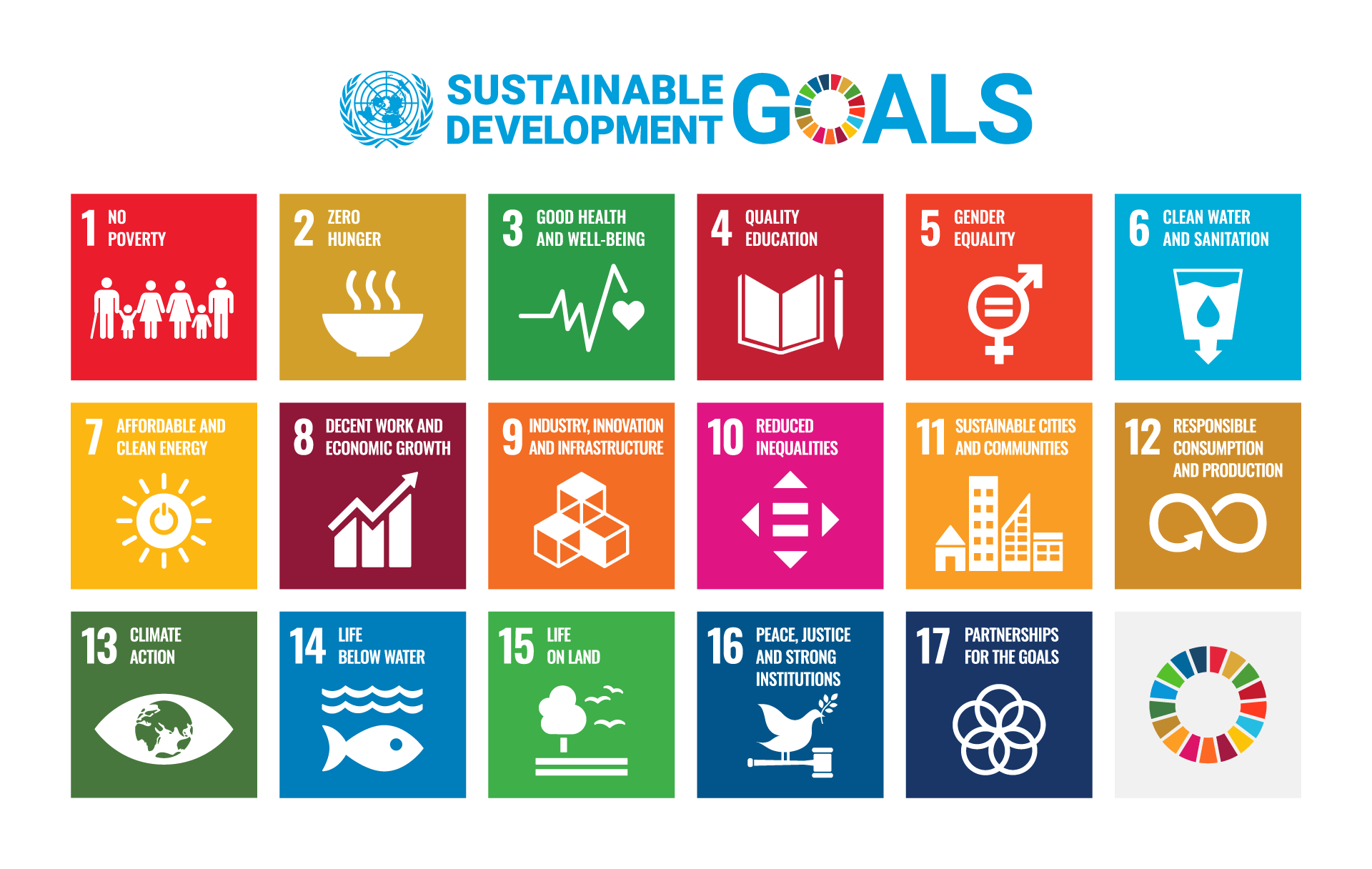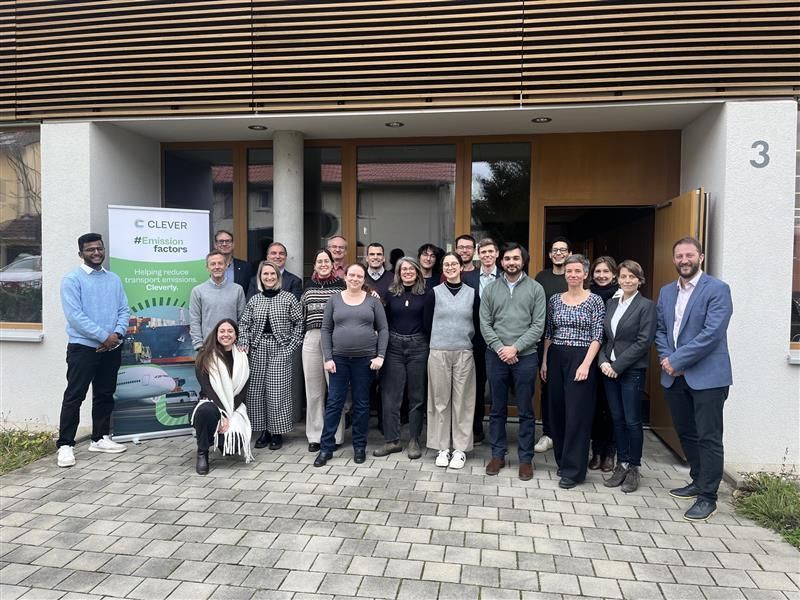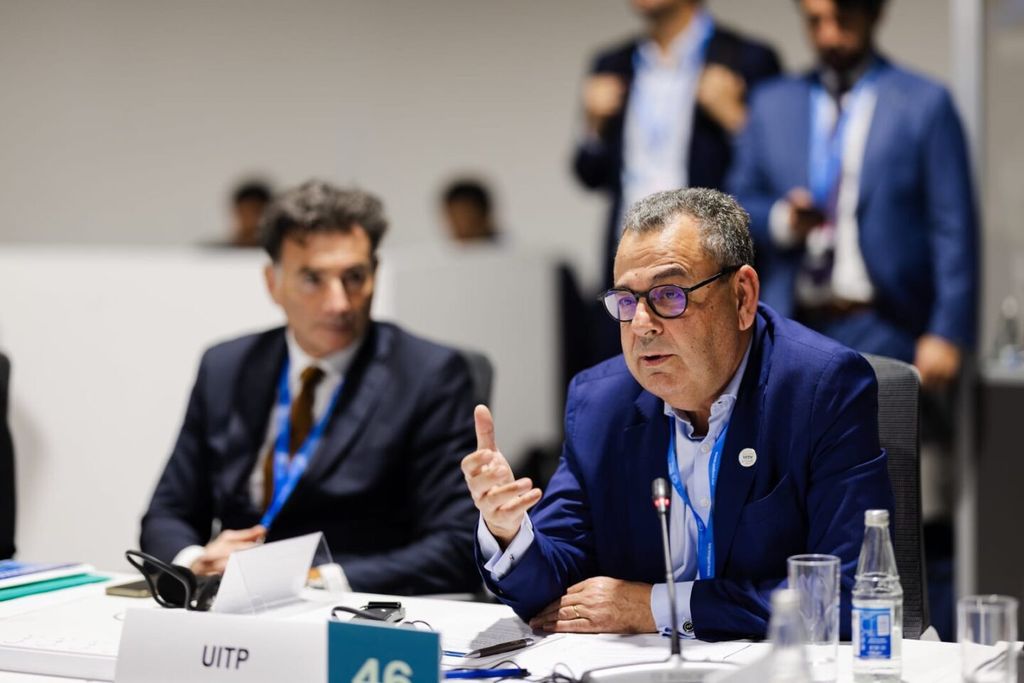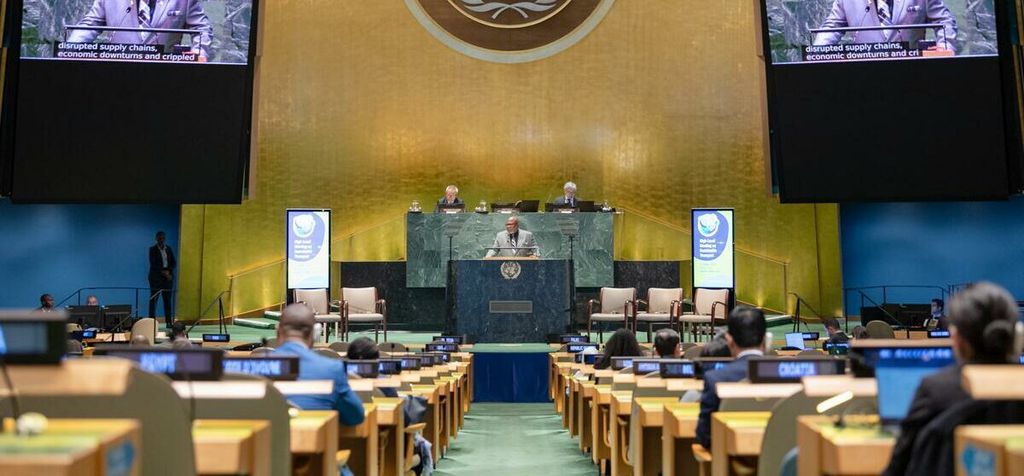
Linking public transport and the Sustainable Development Goals – what is our progress?
The progress of public transport
The energy transition to sustainable mobility is perhaps the biggest revolution that the public transport sector has ever had to undertake. Around the globe, both operators and authorities are mobilised to electrify vehicles, encourage modal shift away from private vehicles, and maximise the use of renewable energy sources. That is what our 2030 sustainability goals demand.
However, one key step that public transport organisations must also make is to integrate the UN’s Sustainable Development Goals (SDGs) into their processes and reports. Like this, our sector can better meet our responsibilities and be transparent in doing so. So how is public transport doing on sustainability?
To help provide insights, UITP and the University of Milano Bicocca conducted a survey of public transport organisations’ sustainability processes. It targeted operators, authorities, and operating agencies working across different administrative levels in all parts of the globe. There were six main research questions:
- What are public transport organisations actively doing to contribute to the SDGs?
- Which contributions rely specifically on the public transport sector to achieve the 2030 sustainability goals?
- How are authorities and operators addressing the SDGs global challenges?
- Which SDGs are most relevant to public transport?
- What is the direct action of public transport on each selected dimension?
- How can the dimensions be translated into indicators that can measure action towards achieving the goals?
- 47
respondents
- 27
countries and territories
- 22
operators
- 18
authorities
- 7
operating agencies
- 17
SDGs
Which SDGs affect public transport?
There are 17 SDGs. To monitor and report on progress, public transport organisations should identify the links between their activities and their contributions to the goals. Integrating the SDGs into our operations will allow our sector to better know – and in turn, better sell to authorities, funders, and the public – the benefits of public transport. On the flip side, it will also help us recognise and mitigate negative externalities.

On some SDGs, public transport has little impact. But many relate directly to mobility, and others to wider governance and operations. In mapping the benefits and negative externalities of transport, it is possible to see where public transport fits in.
Public transport offers accessibility and affordability, improves, urban life, provides local jobs and more. On the other hand, there are knock-on effects such as ecological impact, potential air and noise pollution, and the barrier effect which may put up obstacles in existing neighbourhoods.
Translating these benefits and impacts into the SDG goals guides us to the nine SDGs defined in the study as highly impacting the public transport:
Where public transport stands
Linking the UN’s SDGs to public transport will clarify our activities and guide us on the path to sustainable mobility. Although only a snapshot, our survey was extensive in scope and uncovered insights on several key targets.
- Over half of public transport organisations have defined carbon reduction targets
- Almost 8 in 10 public transport operators have a dedicated sustainability manager
- 72% of respondents offer staff economic incentives on sustainable mobility
Economic inclusion
Every $1 invested in public transport generates $5 in economic returns. This tells us how important public transport is to economic opportunity – but currently, it is a fact that low-density areas are underserved. Getting public transport out to those who live in rural and peri-urban areas will support social equity and encourage a sustainable modal shift. And on this, 2 in 3 authorities and operating authorities have plans to adapt their transport offer to these areas. 68% of authorities are conducting studies on mobility demand in areas with low demand – and most of those studies look beyond administrative boundaries.
As for operators, the majority have a dedicated inclusion policy for transport users, which focuses on social, economic, and political inclusion. A large part of economic inclusion means removing barriers to public transport, namely affordability. On this, 66% of organisations offer either discounted or free passes (or both) for certain groups of passengers. These segments are most commonly defined by age, working/student status, conditions that reduce mobility, or those with low income.
What’s more, 6 in 10 organisations also offer communications in a language different from the local one. That’s important for tourists and foreign residents alike.
Employee safety and wellbeing
Wellbeing is not just a key SDG, but also crucial for recruitment and retention. Almost three-quarters of all surveyed organisations have an employee satisfaction survey. What’s more, 70% offer some form of counselling services. On safety, the most common measures are the installation of CCTV and physical protection devices. Already, 10% use AI to support other safety tools, and this may grow in the near future.
Recycling
A true strategy for sustainable mobility must also consider the whole-life carbon costs of operations. That’s where recycling comes in.
While recycling is not necessarily a public transport operator or authority’s direct responsibility, it is within the scope of organisation to which services are outsourced.
And on this, it is encouraging that 81% of organisations surveyed have a set recycling policy, with the great majority also scrapping old vehicles sustainably and measuring excavated material during construction, a potential source of waste.
Hear from UITP members
Sharing knowledge and best practices helps us advance public transport – and it’s what we do at UITP. This survey, an activity of the UITP Sustainable Development Committee in cooperation with the University of Milano-Bicocca, engaged dozens of UITP members.
As a part of their effort to better link public transport and the UN’s SDGs, you can discover more from our members themselves:








